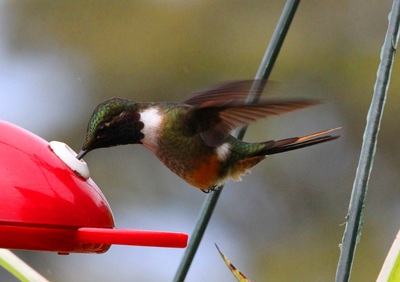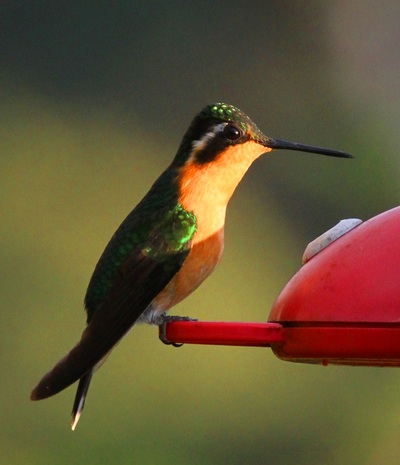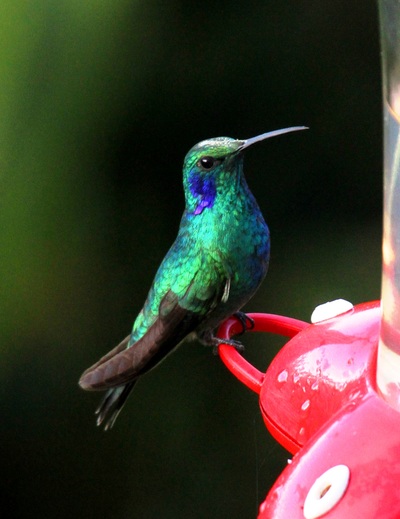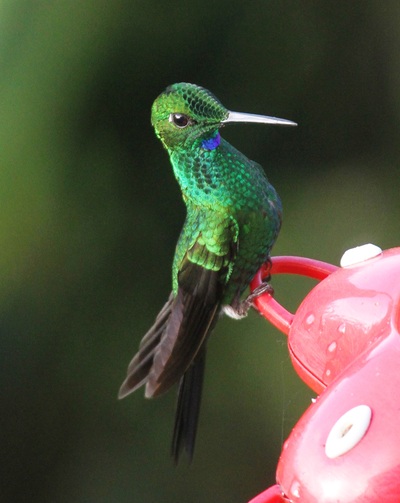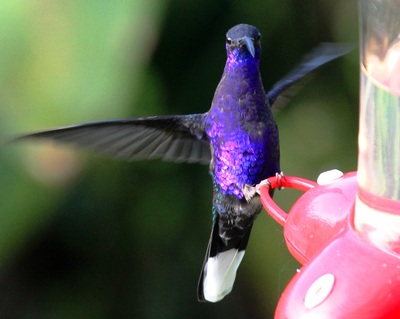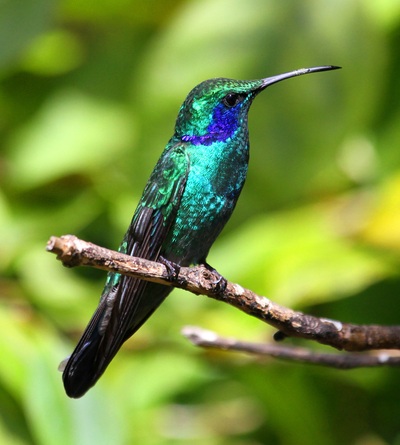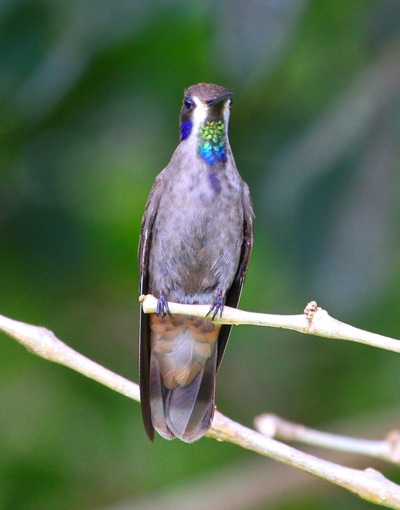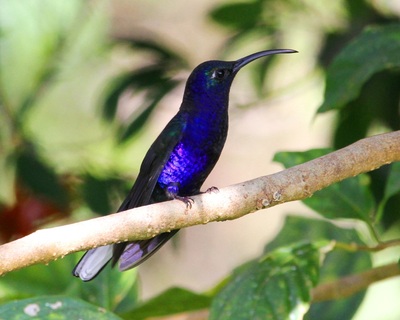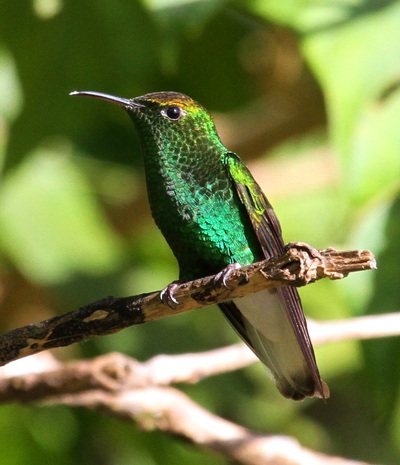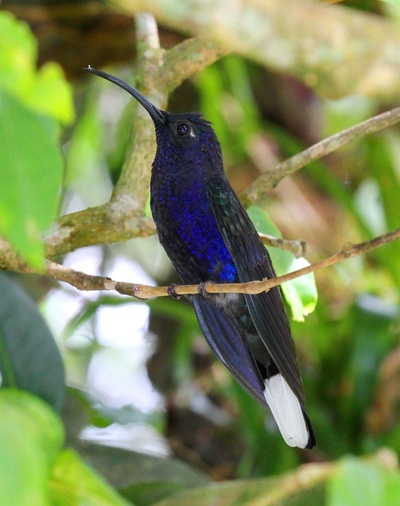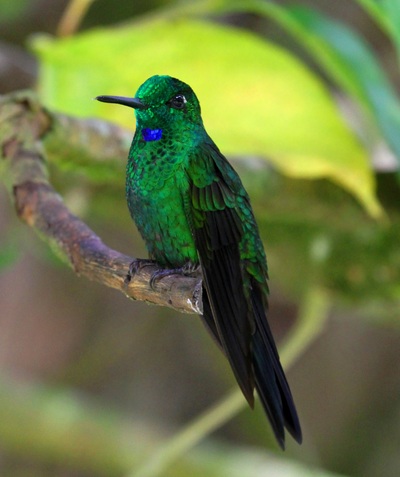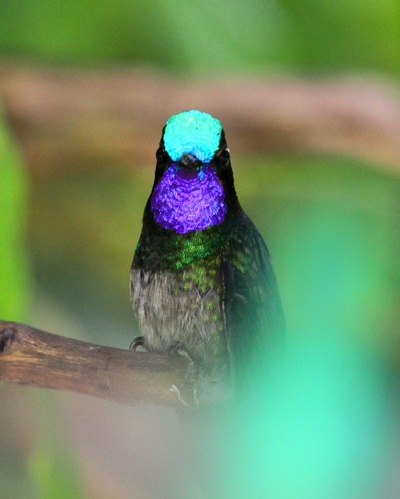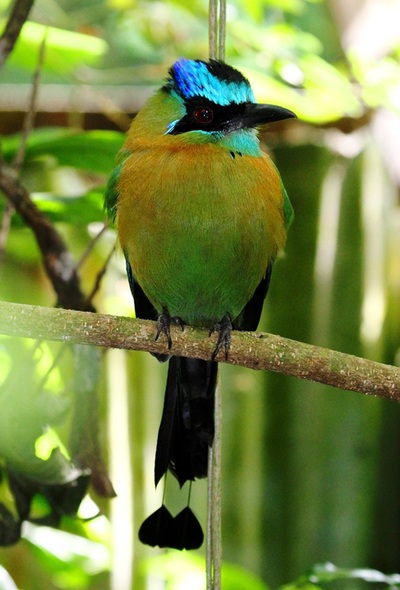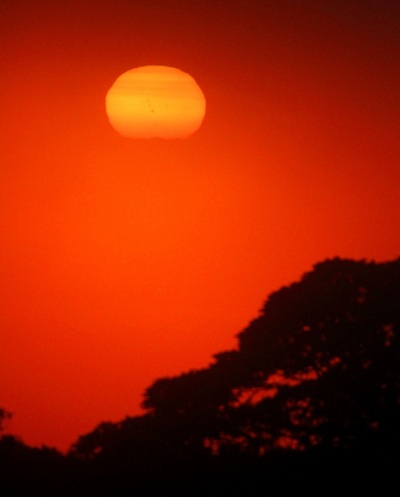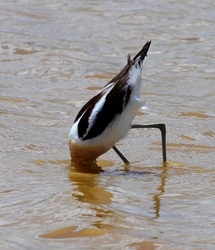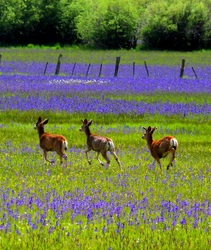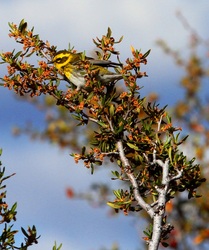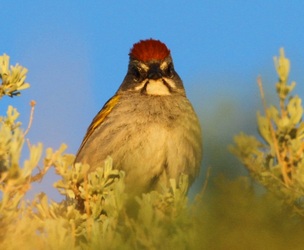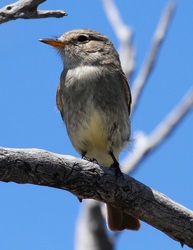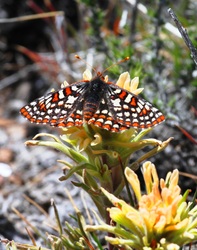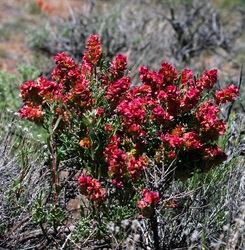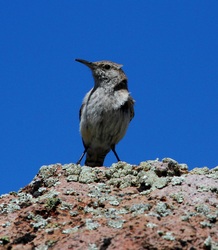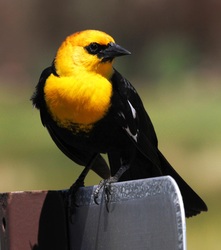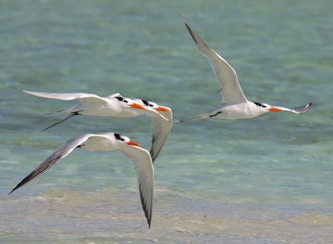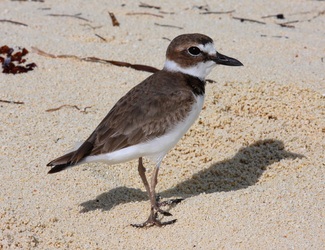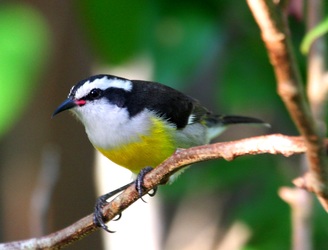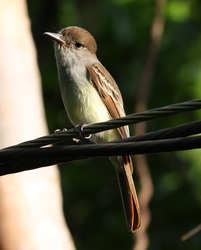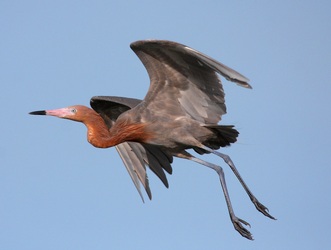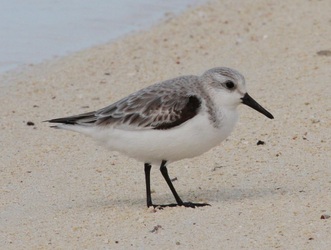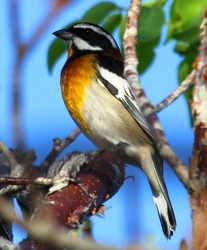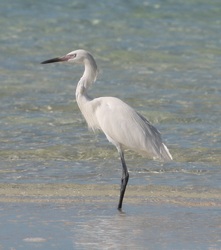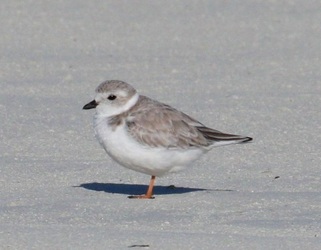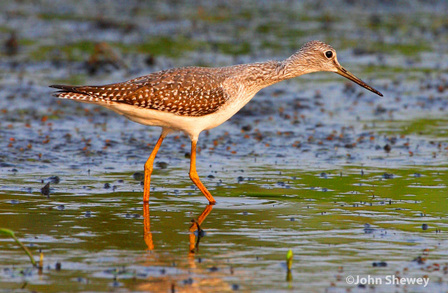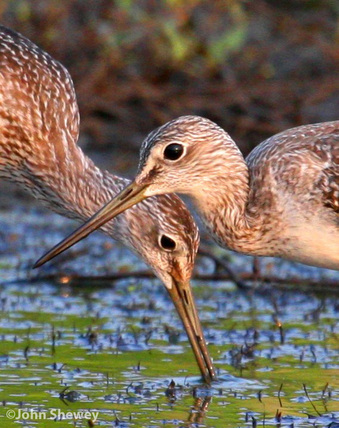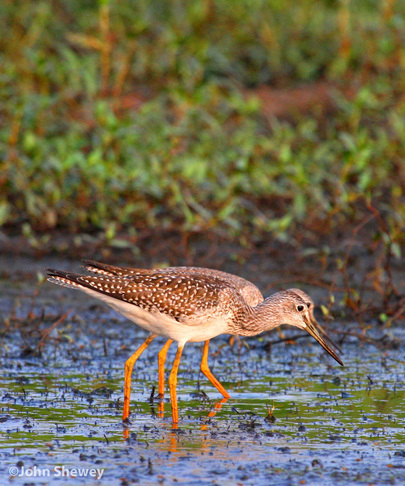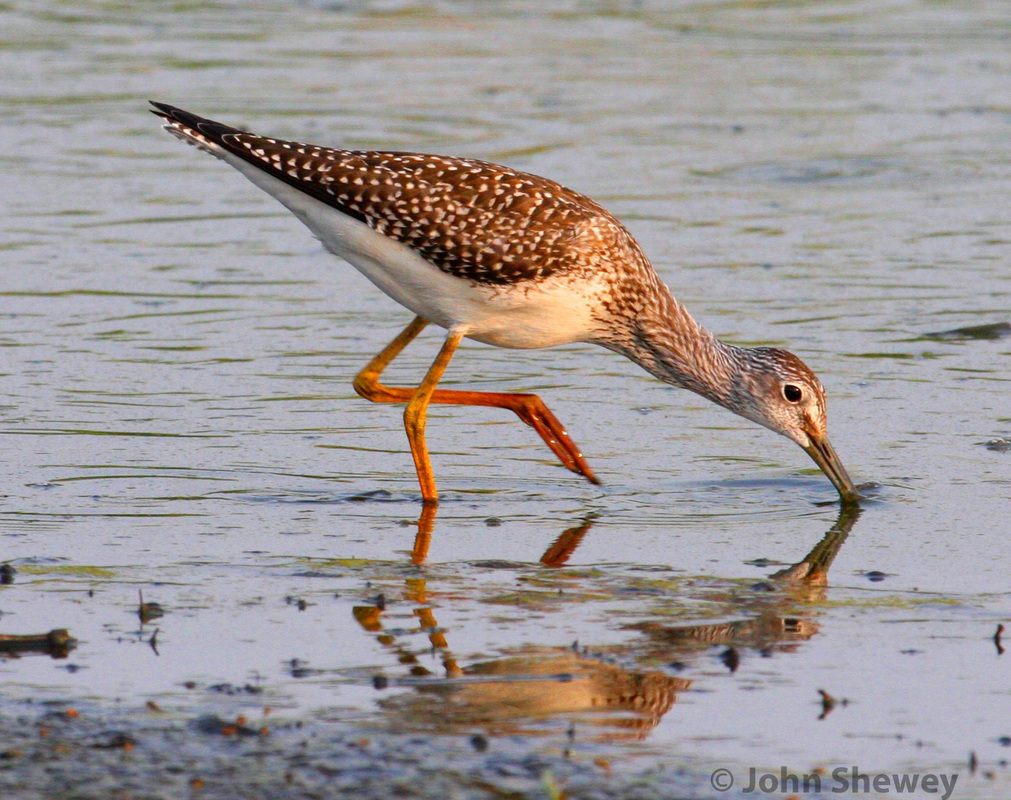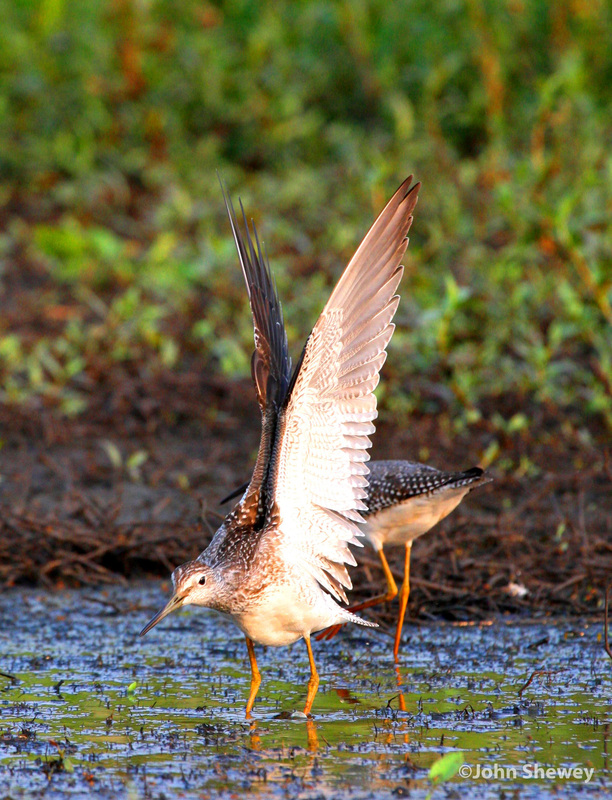January 2014: A trip to Central America led to opportunity to photograph a variety of hummingbirds and other species (click on the first image to enlarge and then toggle though with the arrow).
A few trip photos from Late May trip to Nevada's Catnip Mountain area (click on the first photo and then use the right-hand arrow to scroll through the set).
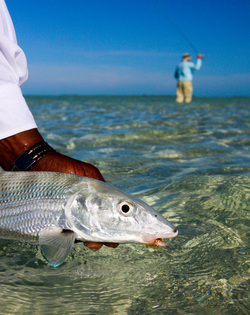
12/2012: Joulter Cays, North Andros Island, Bahamas: While this was actually a fly-fishing trip to the Joulter Cays, I did manage to photograph a few birds, so even though this is a long ways from Oregon, here are a few samples just for fun. I had very little time to look for songbirds (about 20 minutes each morning), but with more time, I'm sure good photos of Bananaquit, Western Spindalis, Greater Antillian Bullfinch, various warblers, and a variety of others would have been easy to come up with. Prairie and Pine Warblers were common, as were White-eyed Vireos and several others species. Endemics such as the Bahamas Mockingbird and Bahamas Swallow were also quite in evidence. Out on the water, shorebirds and wading birds occupied the occasional sand spit, and we even enjoyed a fly over from a lone Spoonbill. Bird pics below....
